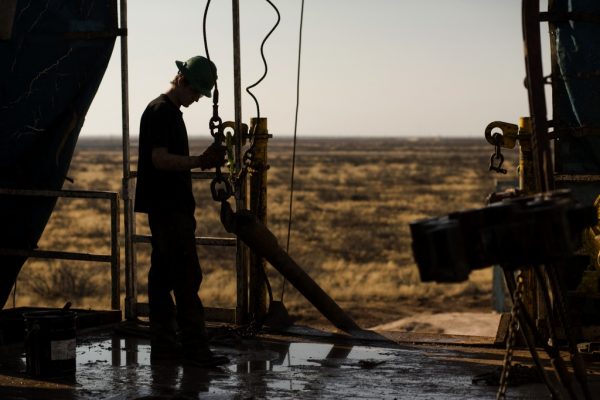Saudi Energy Minister and ExxonMobil CEO on global oil supply trends
“On the supply side, non-OPEC supply growth has reversed into declines due to major cuts in upstream investments and the steepening of decline rates. Without investment, that trend is likely to accelerate with the passage of time to the point that many analysts are now sending warning bells over future supply shortfalls and I am in that camp.”
Saudi Arabia’s Energy Minister Khalid al-Falih, at the Oil & Money Conference in London
“I don’t quite share the same view that others have that we are somehow on the edge of a precipice. I think because we have confirmed the viability of very large resource base in North America … that serves as enormous spare capacity in the system. It doesn’t take mega-project dollars, and it can be brought online much more quickly than a 3-4 year project. Never bet against the creativity and tenacity of our industry.”
Rex Tillerson, CEO ExxonMobil, at the Oil & Money conference

